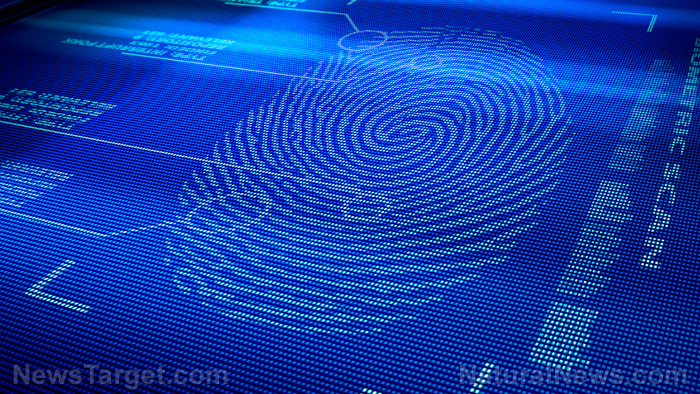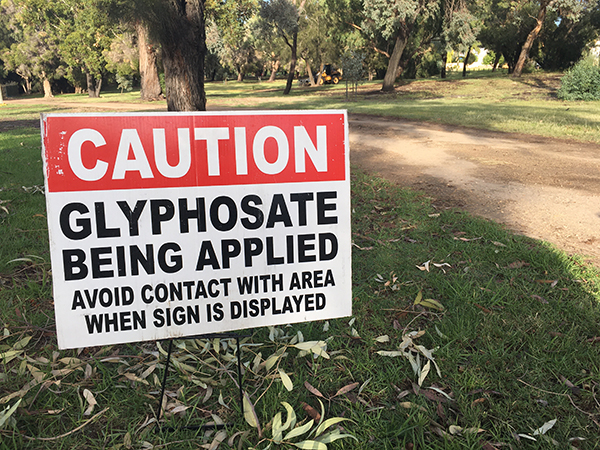 Parler
Parler Gab
Gab
- Starting May 7, U.S. residents must present a REAL ID-compliant license, passport, or other federally approved ID for domestic air travel and federal facility access. Non-compliant travelers risk being denied boarding.
- The REAL ID Act (2005) was passed in response to 9/11 Commission recommendations to strengthen ID standards, requiring verification of birth certificates, Social Security numbers and residency. Implementation faced delays due to state resistance over costs and privacy concerns.
- Applicants must pay additional fees ($20 to $50) and prove legal status. Non-citizens with valid visas can obtain REAL IDs, but undocumented immigrants cannot, sparking debates over government overreach and surveillance risks.
- While REAL ID tightens travel security, 15 states and D.C. still allow voting without photo ID, fueling political debates. The SAVE Act proposes stricter federal election ID rules but faces hurdles due to inconsistent state citizenship documentation.
- Critics argue REAL ID enables federal surveillance, while proponents (like DHS) defend it as vital for security. The policy’s rollout highlights tensions between national safety and individual freedoms.
Origins of the REAL ID: A 20-year journey rooted in September 11
The REAL ID Act, enacted in 2005 under Congress’s response to the 9/11 Commission’s recommendation to strengthen identification standards, requires states to verify applicants’ birth certificates, Social Security numbers and residency proofs for driver’s licenses. The act was designed to close security loopholes exploited by terrorists, such as the 14 hijackers who legally obtained state IDs under false pretenses. Yet implementation faced relentless resistance. Over a dozen states initially refused to comply, citing burdensome costs and privacy fears. By 2008, the federally mandated deadline was repeatedly postponed, with many states failing to meet standards until years later. The Bipartisan Infrastructure Law of 2021 and the Trump administration’s refusal to grant further grace periods finally narrowed the compliance window.The new REAL ID landscape: Compliance and its limits
As of May 7, passengers lacking compliant documents—such as U.S. passports, enhanced driver’s licenses, or Trusted Traveler Program cards—risk being denied boarding. DHS Secretary Kristi Noem emphasized that REAL IDs will “keep our country safe by preventing fraud and enhancing security.” Applicants must now verify their identity and legal status with state DMVs, a process costing $20 to $50 in fees beyond regular license costs. The policy’s immigration implications are significant. Non-citizens with authorized status, except tourists, may obtain REAL IDs, but illegal immigrants and those with expired visas cannot. This has heightened tensions, with conservative lawmakers like Representative Thomas Massie (R-KY) warning of “government overreach” and Athenaweb’s newsletter noting concerns that REAL IDs could aid broad surveillance.Contrasting standards: Air travel security vs. voting access
While federal facilities raise their barriers, election integrity remains contentious. “You need a REAL ID to fly, but not to vote,” Massie posted on X, underscoring the paradox as 35 states require voter ID, compared to 15 with no photo ID mandates. These states—such as California, New York and Oregon—allow affidavit signatures or utility bills as alternatives, creating divergent approaches to security. The House’s recent passage of the SAVE Act aims to align election requirements, mandating citizenship documentation for federal elections. Yet REAL IDs may not suffice unless states like Michigan, Minnesota and Vermont include citizenship notation—a hurdle for most applicants. “There’s at least five states with citizenship IDs that could meet SAVE Act standards,” explained Representative Chip Roy (R-TX), highlighting a potential pathway for stricter alignment.Privacy and overreach concerns: The civil liberties divide
Critics argue that REAL ID’s standardized database and possible integration with biometric data create federal surveillance risks. Libertarian groups see it as unconstitutional, while airports brace for delays caused by rushed applications. The San Diego International Airport urged compliance to “avoid chaos,” but opponents counter that airspace security can be maintained without a nationwide system. Security measures face further scrutiny since legally documented immigrants—including TPS holders and DACA recipients—are eligible for REAL IDs. However, expired status can revoke compliance status, inviting enforcement challenges. Meanwhile, states like Washington, D.C., and cities such as New York continue issuing “not valid for federal purposes” IDs for undocumented residents, deepening the policy split.A split in public debate—safety or liberties?
The May 7 enforcement date ushers in a new era of government-issued identity control, balancing counterterrorism measures with civil liberties. While proponents like Noem see it as a security pillar, dissenters decry its potential misuse. The divide over whether stricter IDs for travel versus voting are alarms sounding or overreach echoing the 9/11 era reflects a broader societal conflict—one likely to persist as Americans navigate the tension between safety and freedom, one scan at a time. Sources for this article include: YourNews.com DailyCaller.com TheEpochTimes.comUnitedHealth CEO resigns amid financial turmoil
By Ramon Tomey // Share
Coinbase stock drops 7% as SEC probes user metrics and hackers demand $20M ransom
By Cassie B. // Share
Governments continue to obscure COVID-19 vaccine data amid rising concerns over excess deaths
By patricklewis // Share
Tech giant Microsoft backs EXTINCTION with its support of carbon capture programs
By ramontomeydw // Share
Germany to resume arms exports to Israel despite repeated ceasefire violations
By isabelle // Share










